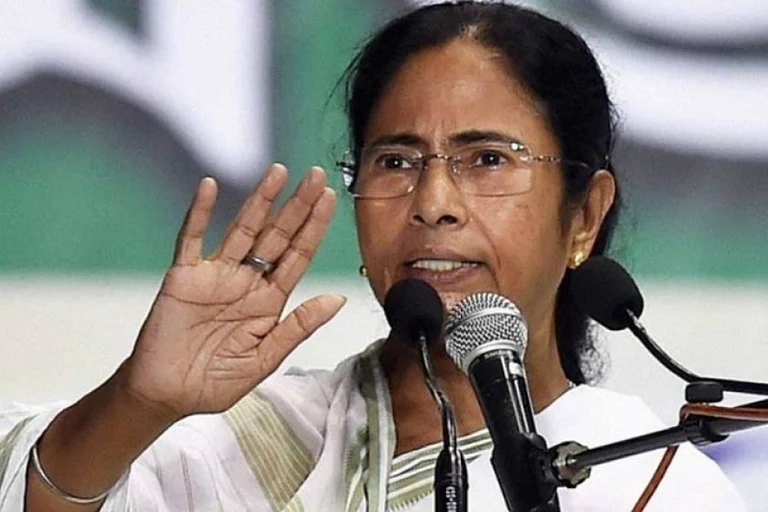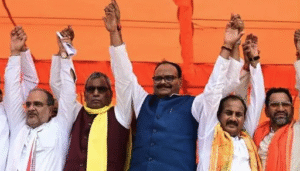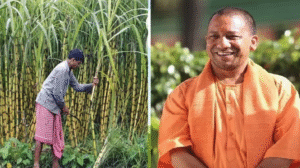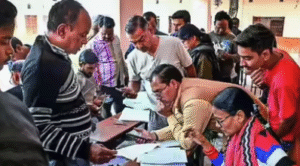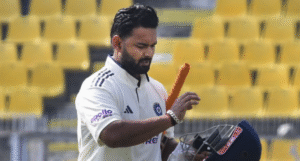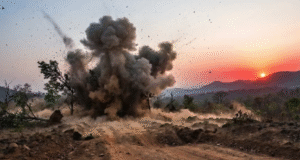Mamata Banerjee fiery speech in Assembly turned the West Bengal House into a scene of loud clashes and high drama. The Chief Minister launched a fierce attack on the Bharatiya Janata Party (BJP), accusing its members of spreading unrest and blocking the development of the state. Her sharp remarks immediately triggered strong protests from BJP legislators, who rushed to the well of the House and shouted slogans against her.
The situation grew tense when security marshals intervened to control the protests. In the middle of the chaos, BJP chief whip Manoj Tigga suffered injuries. He accused the Trinamool Congress (TMC) of intentionally provoking violence. Banerjee responded by asserting that she would never bow to BJP’s tactics and would continue to expose what she called the party’s divisive politics.
The Chief Minister highlighted her government’s success in welfare programs, rural projects, and women empowerment. She accused BJP of trying to distract people from these achievements through continuous disruption. Transitioning her focus from state to national politics, Banerjee also warned that BJP spreads division across India and threatens the unity of the nation.
The incident once again revealed the fierce rivalry between TMC and BJP in West Bengal. Political experts believe this confrontation reflects the intensity of the upcoming election battle. The fiery speech and the uproar created a narrative that both parties will likely use in their campaigns.
BJP leaders demanded an investigation into the injury of Manoj Tigga, while TMC leaders defended the Chief Minister’s right to challenge the opposition. The clash inside the Assembly proves how Bengal politics continues to remain deeply combative, with neither side willing to compromise.
Mamata Banerjee fiery speech in Assembly not only fueled the ongoing political drama but also set the stage for sharper confrontations in the coming months.


